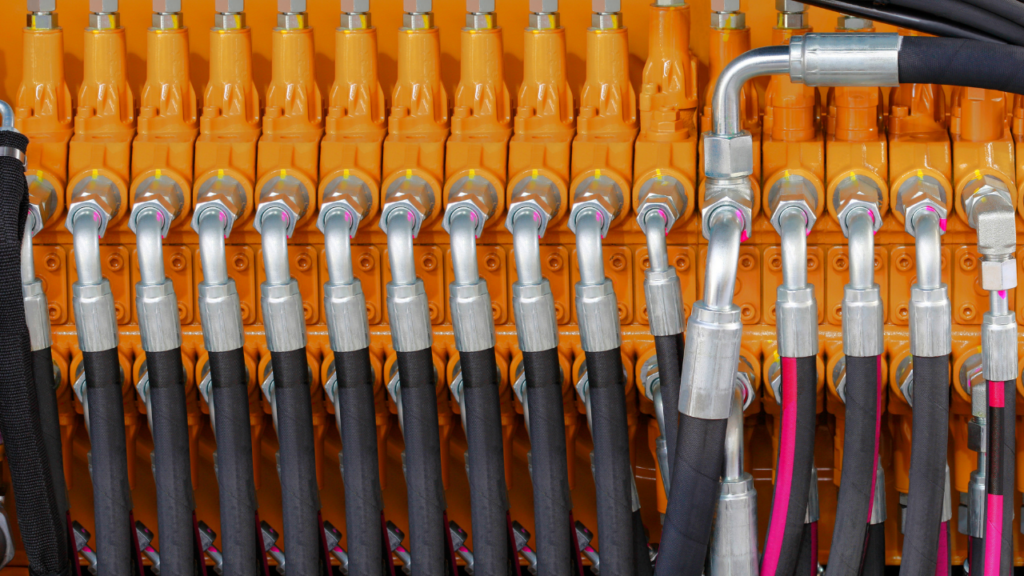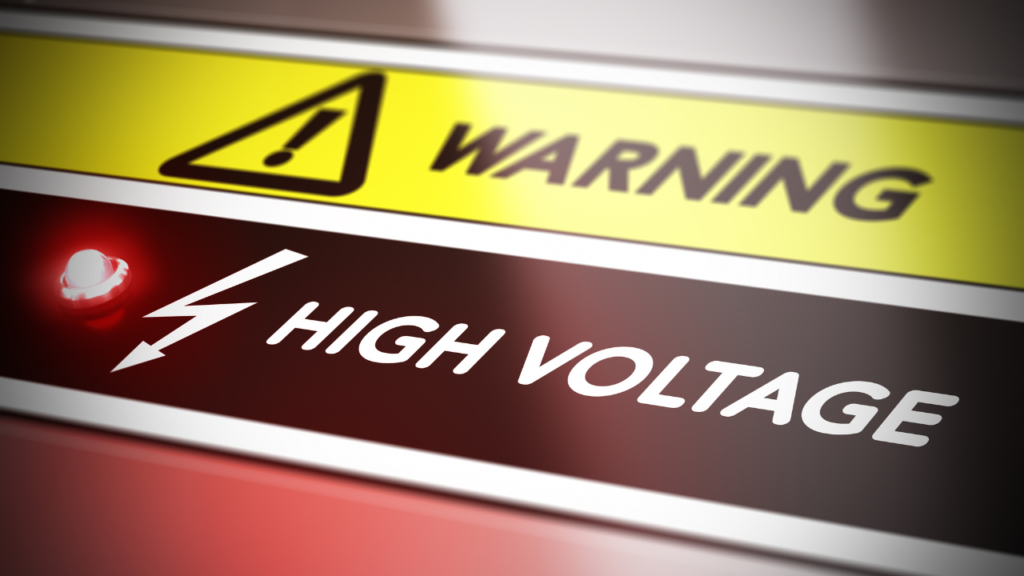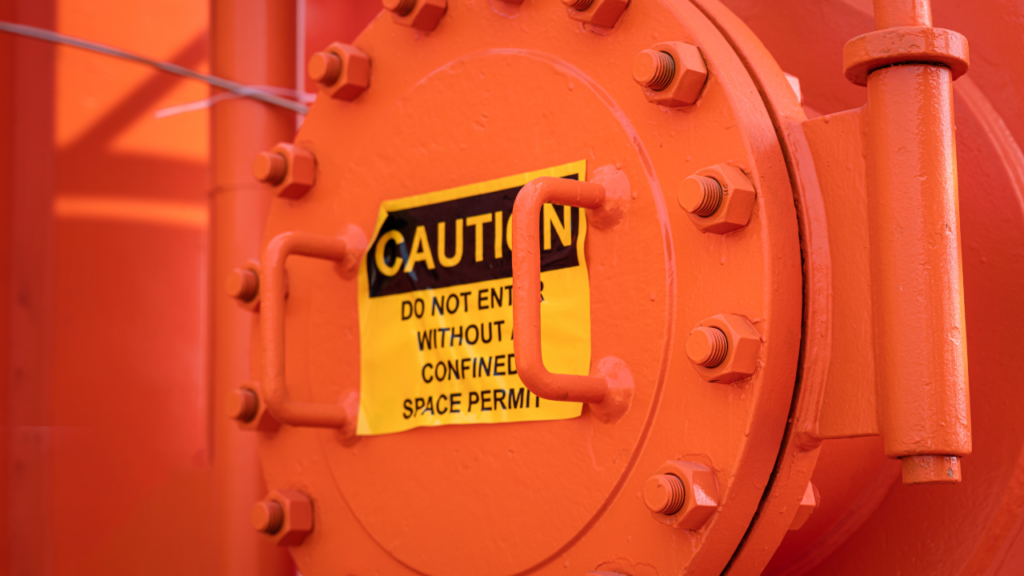
Human Factors: Beyond the “Dirty Dozen”
About 80 percent of maintenance mistakes involve human factors (HF), according to the Federal Aviation Administration. The maintenance world has unique HF issues that are more severe and longer lasting than elsewhere in aviation. Operators are looking at various techniques to combat HF challenges.











